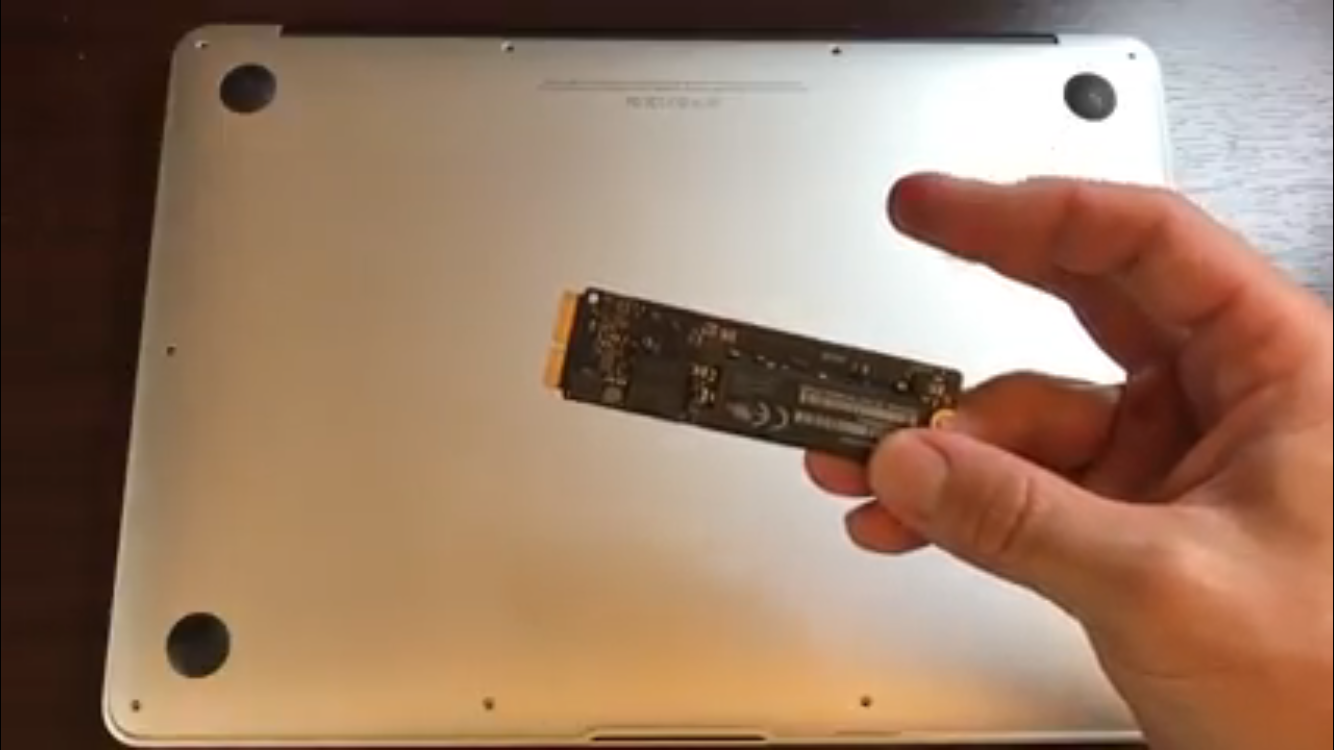


Hold down the Command ⌘ Option R keys at startup to boot to OS X Internet Recovery.

The instructions are the same for El Capitan and High Sierra with the only exception being the path modify accordingly. The example above uses Sierra as the Installer. When I have to fix someone's Mac and reinstall, instead of going though the hassle of installing an out-of-date OS X then upgrading to the latest, I just install the latest from scratch via USB.Īfter downloading the Installer Application, Using a blank USB flash drive (8GB or larger for El Capitan, 16GB or larger for Sierra/High Sierra), issue the following command (replace "Untitled" with the name of the volume that gets mounted if different): sudo /Applications/Install\ macOS\ Sierra.app/Contents/Resources/createinstallmedia -volume /Volumes/Untitled -applicationpath /Applications/Install\ macOS\ Sierra.app What I have done is create a USB installer of my image and then put it away for safe keeping. Internet Recovery is also a bit slow (dependent on your Internet speed/bandwidth). If you didn't have El Capitan, you will have to upgrade to it once the install is finished. If it was Mavericks or Yosemite, that's what you will get. One caveat to keep in mind is that it will install the latest version of OS X that is linked to the account/machine. I have done this personally on several MBPs. You basically hold ⌘ Command ⌥ Option R to launch an installer sourced from Apple over the Internet. Can I just build in the SSD, start the MacBook in Recovery Mode and install OS X from there on? The answer is "yes." I want to install a new Solid State Drive (SSD) into the Mac.


 0 kommentar(er)
0 kommentar(er)
